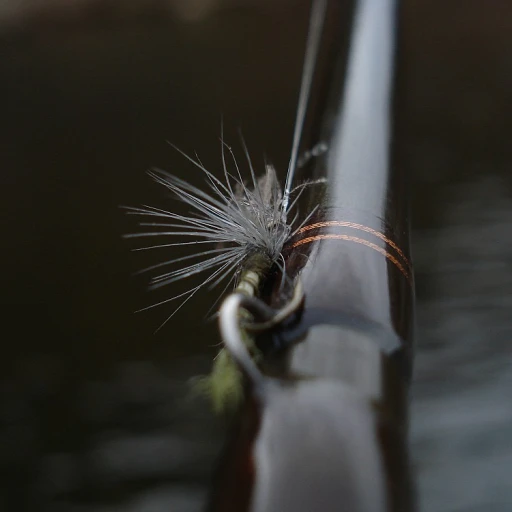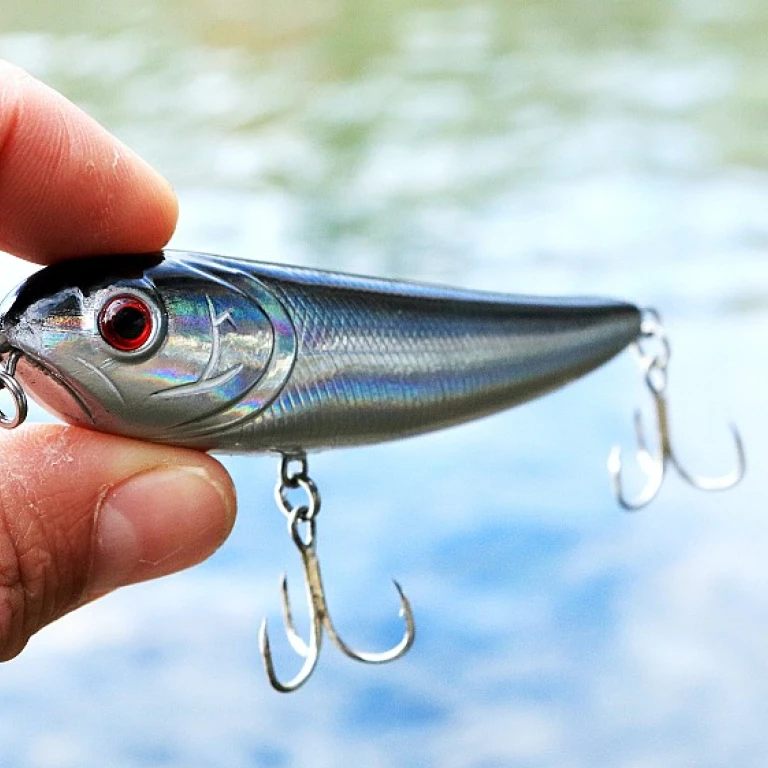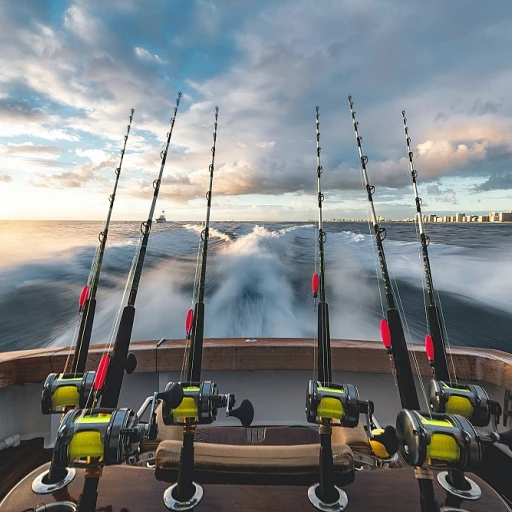
The Art and Science of Catch and Release: Minimizing Harm and Maximizing Survival of Fish
Hey, angler! I imagined you've heard a lot about 'Catch and release,' right? But I bet you're as puzzled as a trout in a tree when it comes to the nitty-gritty of this practice. Well, don't fret; today, we're diving (metaphorically – no waterproofing needed) into this sport and conservation-focused angling technique.
Hooks and Hobbling: The Catching Gears Impact
To understand catch and release, you need to realize the fishing equipment's impact on a fish. Yes, you heard right, your fancy, shiny hook could be the villain in the story. Research indicates that circle hooks cause less internal damage compared to traditional J-hooks.1 So, investing in circle hooks is more of a favor to our finned friends.
Stored Stress: The Fight’s Aftermath
You know, the big fight, where you and Jaws go paw-to-fin? We often overlook the impact of this struggle on the fish. It's like running a marathon without training. Beware: Exhausted fish may appear healthy when released but then take the proverbial long sleep soon after.2 Try to minimize the fighting time; remember, it's not a round in the boxing ring.
Mouth-to-Mouth: Fish edition!
Oh yes, we’re going there. Though it’s thankfully less daunting (and slimy) than it sounds. In situations where a fish is struggling to resuscitate after being played out, anglers can practice ‘revival’ techniques.3 I promise, it doesn’t involve lip-locking with a carp!
When Reel-Life Meets Real Life
Our last point brings us back from the literal depths: Let's remember, catch and release isn't a reason to catch more; it's a method to harm less. The essence of this practice lies in the understanding and respect of life in all its forms.
- References:
- Pine, W.E., Pollock, K.H., Hightower, J.E. ( 2001). Estimating Fish Survival Rates. North Carolina Coop. Fish and Wildlife Unit.
- Brownscombe, J.W., Danylchuk, A.J., Chapman, J.M., Gutowsky, L.F.G., Cooke, S.J. (2016). Best practices for catch-and-release recreational fisheries – angling tools and tactics. Fisheries Research.
- Bartholomew, A., Bohnsack, J.A. (2005). A review of catch-and-release angling mortality with implications for no-take reserves. Reviews in Fish Biology and Fisheries.



